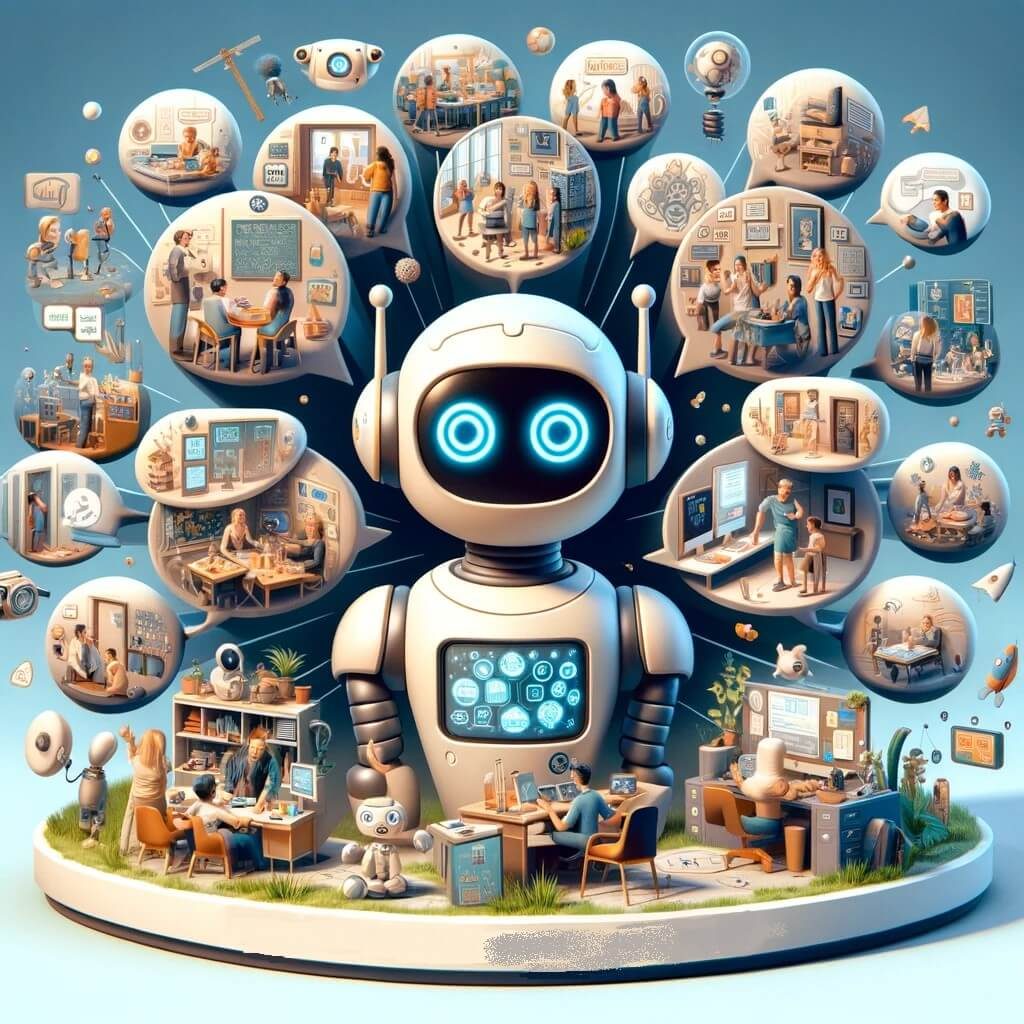Researchers have unveiled a novel artificial intelligence (AI) model that integrates imaging data with clinical patient information in a significant stride within medical diagnosis. This innovative approach, harnessing transformer-based neural networks, holds the potential to bring about transformative changes in the diagnostic landscape, promising heightened precision and efficiency.
Conventional diagnostic methodologies have conventionally operated within the confines of either imaging or clinical patient data analysis. However, the emergence of this cutting-edge AI model, presented in a study featured in Radiology, a publication under the aegis of the Radiological Society of North America (RSNA), introduces a unified diagnostic paradigm amalgamating both data types. This synthesis has the potential to yield a substantial augmentation in diagnostic accuracy, thereby offering invaluable support to healthcare professionals.
The cornerstone of this breakthrough lies in the deployment of transformer-based neural networks, a relatively recent milestone in AI. Initially designed for natural language processing, these models have proven remarkably versatile in healthcare. In stark contrast to traditional convolutional neural networks, which are customarily tailored to image data processing, transformer models adopt a more universal approach. Their distinguishing feature lies in the “attention mechanism,” which empowers the neural network to decipher intricate relationships inherent within the input data.
A tailor-made model for medical applications
Firas Khader, the study’s principal author and a doctoral candidate in the Department of Diagnostic and Interventional Radiology at University Hospital Aachen in Aachen, Germany, spearheaded the development of this groundbreaking model. Khader and his research team meticulously trained the model on an extensive dataset, encompassing imaging and non-imaging patient data from a cohort exceeding 82,000 individuals. This exhaustive training regimen ensured the model’s competence across various diagnostic tasks.
Diagnosis via multimodal data analysis
A salient feature of this AI model is its ability to diagnose medical conditions by leveraging different data modalities, be it non-imaging, imaging, or a hybrid of both—referred to as multimodal data. The researchers tested this capability by training the model to diagnose up to 25 distinct medical conditions. The outcomes were exceptional, with the multimodal model consistently surpassing its counterparts.
As the volume of patient data continues its steady ascent, healthcare practitioners grapple with mounting challenges concerning the effective assimilation and interpretation of all available information. With limited time available per patient, this newfound AI model offers a ray of hope. Khader emphasizes, “Multimodal models hold the potential to aid clinicians in their diagnostic endeavors by facilitating the synthesis of available data into precise diagnoses.”
A blueprint for seamless data integration
Beyond its immediate applications, the proposed model presents a template for seamlessly incorporating substantial data volumes across diverse domains. This innovation could bear far-reaching ramifications, not merely restricted to medicine but also encompassing fields where the amalgamation of data is pivotal.
This groundbreaking AI model exemplifies the alliance between human expertise and artificial intelligence in an era characterized by the ever-evolving intersection of technology and medicine. It carries the potential to redefine our approach to diagnosis, ultimately benefiting both patients and healthcare systems on a global scale.





